Despite a bloody summer of police shootings and civil rights protests calling for radical change, Chicago is the only city of America’s top 10, and by far the biggest, not yet to agree new reforms to policing.
Every other city on the list – and many prominent cities just outside the 10 largest – has decided on changes, ranging from redirecting funding or new laws curbing brutality to ballot measures improving transparency and accountability by the police.
New York, Los Angeles, Houston, Phoenix, Philadelphia, and others have agreed to take action, since African American man George Floyd was killed by a white police officer in Minneapolis in May.
‘Two cities’ collide as Chicago’s social time bomb explodes
Read more
But not Chicago. Community leaders are at their wits end in a city where having the largest per-capita police force in the US is not translating into less crime or less violence, especially in neighborhoods long blighted by structural racism and now slammed by the twin coronavirus and economic crises.
“This summer and the pandemic have shown us that if we want justice and love in Chicago, what we’re doing isn’t working,” said Moises Moreno, a city native and director of Pilsen Alliance, an organization on the lower west side that develops grassroots leadership in working class, immigrant communities.
Three weeks ago in the Pilsen neighborhood, a cluster of candles and flowers couldn’t quite cover the dried blood on the sidewalk where 26-year-old Miguel Vega had been shot dead by Chicago police, one of five police shootings by the department in the last two months.
A sixth shooting was carried out by a sheriff’s officer from surrounding Cook county. While county sheriff Tom Dart released bodycam footage less than a day after that wounding, Chicago Police Department failed to release any of the footage from its five shootings, until two days ago it issued bodycam from the Vega incident.
In response to police saying they were shot at as they drove past several men and recovered Vega’s gun, relatives counter that a gun was found 40ft away and Vega was shot in the back of his head.
Last week, after years of problems and months of intensified demonstrations in the city, amid nationwide Black Lives Matter protests, Chicago officials proffered a proposal to cut $54m from the police budget.
That’s 3.4% of the police budget which, even if approved at a future vote, couldn’t be implemented before 2022 based on current labor agreements.
In contrast New York, America’s largest city with an 8 million-plus population, agreed to cut almost $1bn from its police budget and criminalize the kind of banned chokehold that killed Eric Garner in 2014, amid strong union pushback.
Los Angeles, the second largest city at 4 million people, made a token attempt, agreeing a $150m cut and re-investing in its community-policing program, during a summer critics labeled a “reign of terror”.
Chicago’s population of 2.6 million makes it the third largest US city but it has the second highest per capita spending on police officers, after New York, according to US News & World Report, and the most officers per capita, according to the Injustice Watch journalism nonprofit.
Chicago has nearly three times as many sworn officers as similar-sized Houston, the fourth biggest city in the US with 2.4 million people, but the two cities experience an almost identical overall violent crime rate, according to a 2019 report, and Chicago had twice as many murders.
The Houston mayor, Sylvester Turner, signed an order in June banning police use of neck restraints and chokeholds and requiring officers to use de-escalation, while the police chief of the ninth largest US city, its Texas cousin Dallas, ordered officers to intervene if a fellow cop is using excessive force. However neither agreed to cuts like the $150m to be chopped from state capital Austin’s police funding.
Leaders in Phoenix, Arizona, resisted calls to defund the police but agreed to fund fully a new civilian oversight body.
Others in the top 10 took action, such as Philadelphia, making a $33m cut in police funding while agreeing to body cameras and boosting money for housing and education, and modest moves in San Antonio, San Diego and San Jose, which put police reform measures on the 2020 ballot.
Seattle, Minneapolis, Louisville, Washington DC, San Francisco and Denver are among a handful of other cities and states, that have taken at least limited action, although Minneapolis’s headline-grabbing initiative to dismantle and restructure its police was later kicked down the road.
“If the police were defunded by 75%, our communities would be able to have better healthcare, jobs and a higher minimum wage. There could be mental health facilities, better schooling, even grocery stores in our food deserts. We would finally be able to heal,” Chicago South Side native Nita Tennyson, 22, told Guardian US.
The movement to defund police has won historic victories across the US. What’s next?
Read more
Along with a spate of police shootings this summer, Chicago has seen an uptick in community gun violence. Between 1 July and 14 September, more than 1,200 people were reported to have been shot and incidents are substantially up on 2019. Some see these situations as inextricably linked.
Tennyson is dedicated to addressing both police and community violence plaguing her South Side community. Recently she has begun organizing what she calls “Love Marches” and “love trains” which offer support to grieving and hurting people in her community.
Her organizing intensified after she noticed many young mothers lacking access to food for their children after the South Side was hit by sporadic looting following the murder of Floyd.
“I have lost so many people to violence, so I know what it’s like to be grieving multiple people at the same time,” she said. “I feel like I’m here to help Chicago grieve and heal. That’s a part of my path.”
But she added: “The police don’t keep us safe.” The police department lacks fairness, accountability and community trust, according to a recent report of a survey.
Her most recent march, which had more than 100 participants, ended circled around a board bearing photos and names of 184 Black and brown people age 24 or younger who lost their lives to traumatic incidents such as shootings, abuse and car crashes, in Chicago this year.
“My dad has been a victim of gun violence. My uncle has died from gun violence. I watched my blood brother become a victim right in my face,” Miracle Boyd with GoodKids MadCity, a co-organizer of the July march, told ABC.
It was also attended by Nathaniel Pendleton, who lost his sister, Hadiya, 15, to a shooting in the community just days after she performed at Barack Obama’s second inauguration in 2013.
“When I came out here I wanted to make sure that I do something to push positive energy out into this world,” Pendleton said.
In 2017, the US Department of Justice found a pattern and practice of misconduct and civil rights violations by Chicago police and implemented a consent decree, or a list of necessary reforms to be made, including in the use of force, accountability, training and recruitment.
Yet, against the backdrop of a particularly bloody and bitter summer, the city has missed more than 70% of the benchmarks set by that federal order.
And the lack of bodycam footage being released from the five most recent city police shootings has happened despite Chicago previously gaining national notoriety for withholding video of the fatal police shooting of Laquan McDonald in 2014, which eventually prompted a process that was supposed to guarantee timely release of relevant footage and other evidence.
In addition, the agency charged with investigating police misconduct has continuously failed to do so, according to a new audit.
Some changes announced for police training by the office of the city’s mayor, Lori Lightfoot, in June were principally related to consent decree requirements, not new plans in the light of protests. And the announcement of new mental health services for police stood in contrast to the previous mayor’s office closing down half the public mental health facilities in the city in the last decade.
Pilsen advocate Moreno summed up skepticism from activists in poor parts of the city.
“Anything that comes from the city right now, or the mayor herself, we take it with a grain of salt because they tend to make plans for communities without ever being in the community. Mayor Lightfoot is definitely a continuation of the same old Chicago politics that have opened up our communities to poverty and police brutality,” he said.
And in relation to being part of the community they’re trying to fix, Chicago has a valuable rule that police officers must live in the city, but it’s not always well enforced and doesn’t stop most officers living in low crime neighborhoods.
“What we’ve seen traditionally with policing doesn’t work if we’re talking about preventing violence or just keeping our communities safe,” Moreno said.
Tennyson added: “Chicago could join us in honoring our loved ones by defunding the police, it would be a start in the right direction.”
They’re not holding their breath.









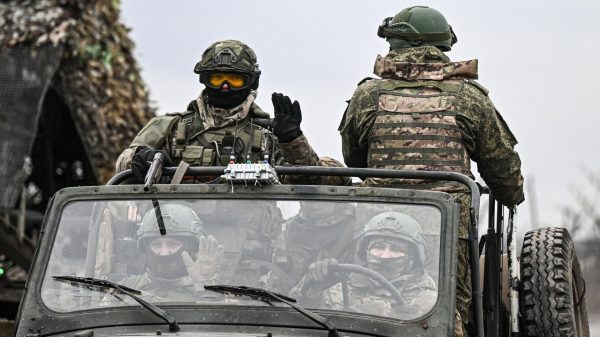








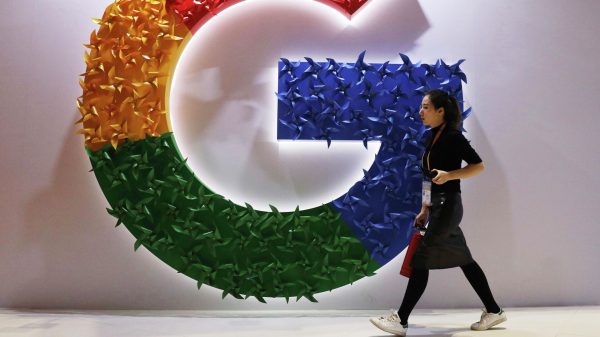
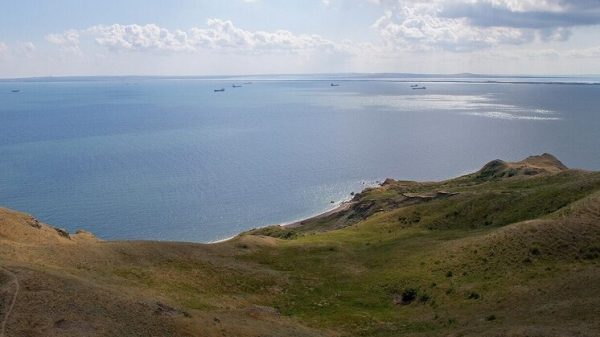
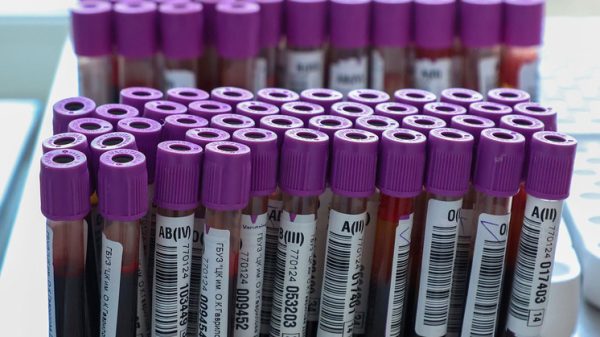











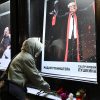






















Свежие комментарии